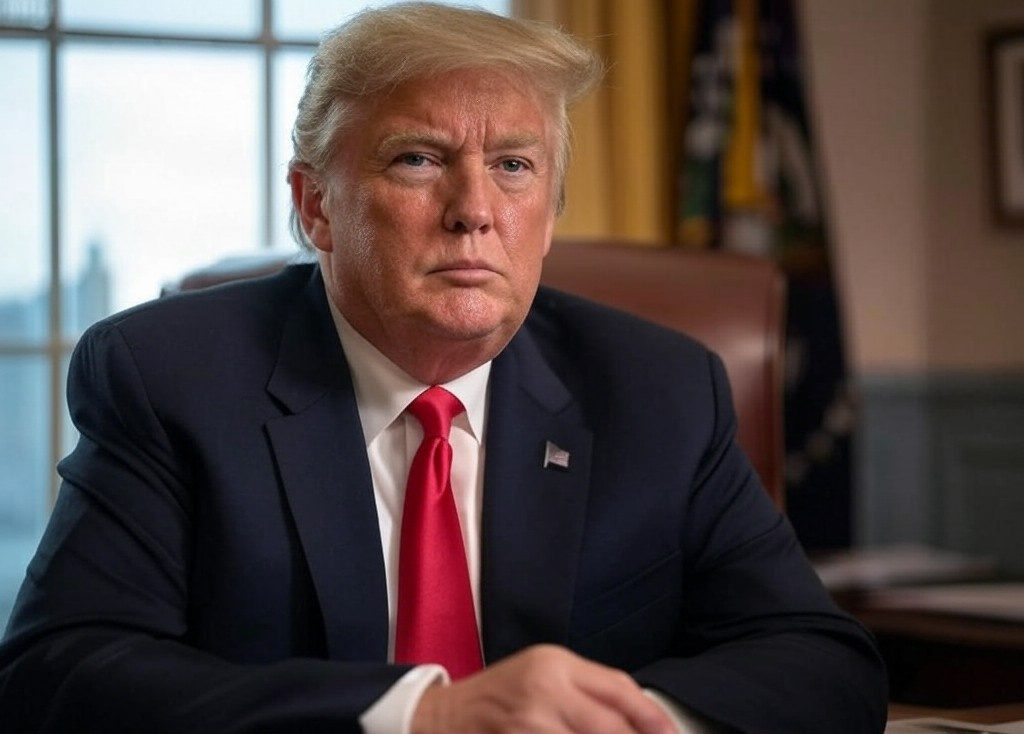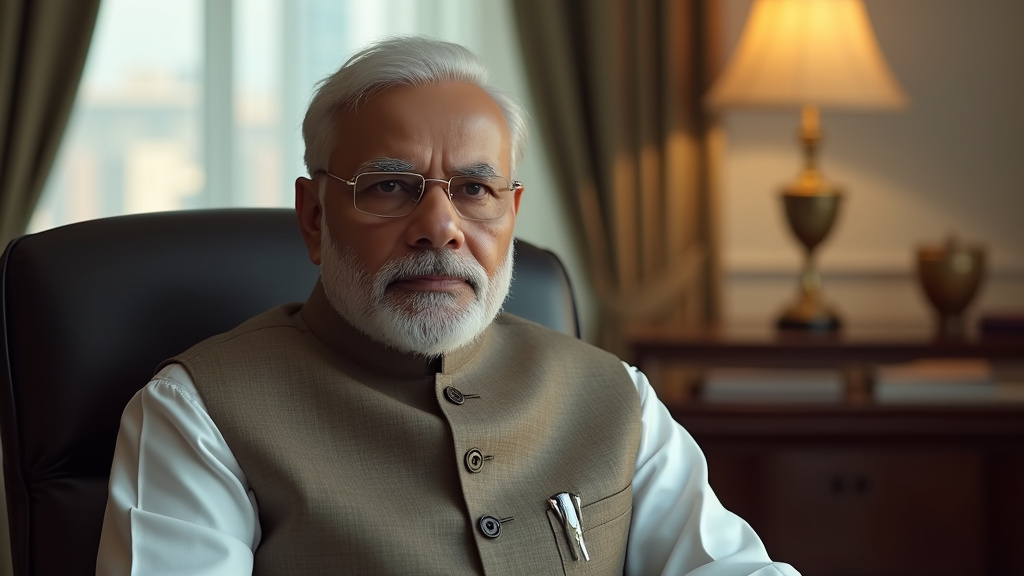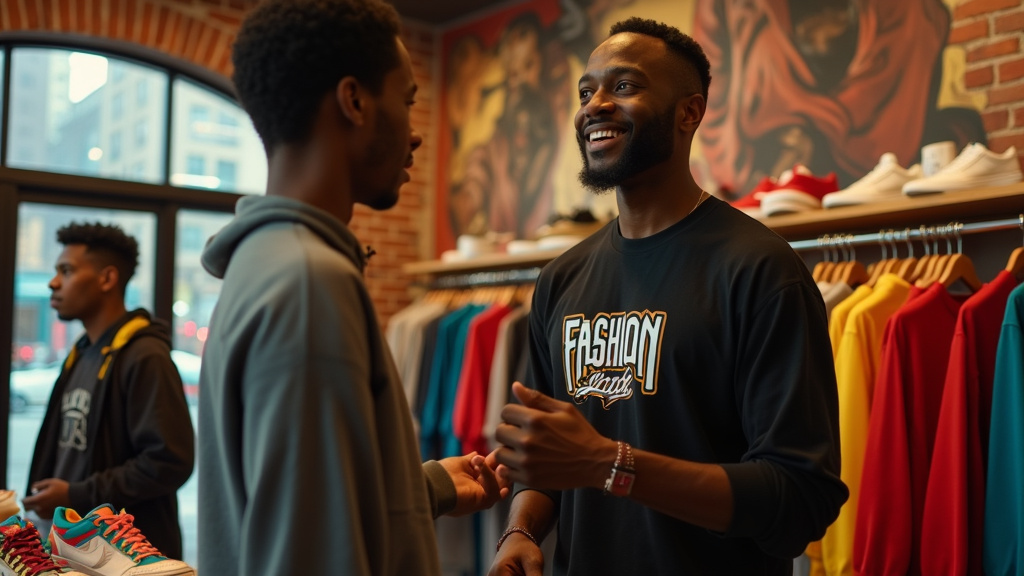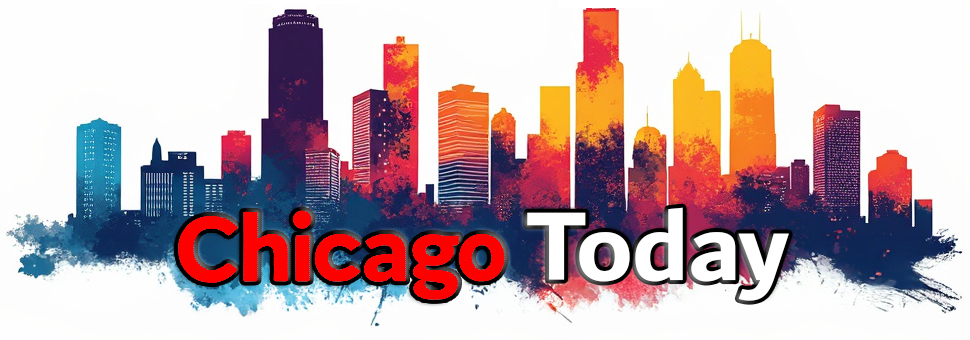Indonesia’s digital landscape is currently abuzz with a powerful visual movement known as the “Brave Pink Hero Green” campaign. Across social media platforms, netizens are adopting these distinct colors for their profile pictures, transforming the online sphere into a canvas for collective expression and solidarity amidst ongoing national protests.
The Emergence of a Digital Symbol
The “Brave Pink Hero Green” campaign gained significant traction in early September 2025, rapidly becoming a trending topic. This trend involves users updating their social media avatars with a combination of pink and green hues, often through specialized generators. The movement’s creators state that the colors are deeply symbolic, drawing inspiration directly from recent events and individuals who have become focal points in the nation’s discourse.
“Brave Pink”: A Mother’s Courage
The “Brave Pink” element of the campaign is a tribute to a woman widely referred to as “Ibu Ana” (Mother Ana). She was captured in a viral photograph during a protest in front of the DPR (House of Representatives) building on August 28, 2025. In the image, Ibu Ana is seen wearing a pink headscarf, standing fearlessly and holding a flag amidst police barricades. Her image quickly resonated with the public, symbolizing courage, resilience, and the unwavering spirit of a mother advocating for truth and the concerns of ordinary citizens. The color pink, in this context, represents not just gentleness but also a profound love that overcomes fear and a powerful form of resistance.
“Hero Green”: Honoring a Fallen Citizen
Complementing “Brave Pink” is “Hero Green,” which pays homage to Affan Kurniawan. Kurniawan was an online motorcycle taxi (ojol) driver who tragically lost his life on August 28, 2025. He was reportedly killed when a police tactical vehicle ran over him while he was attempting to deliver food orders during a protest. The green color, taken from his uniform, helmet, or jacket, signifies hope, solidarity, and the values of struggle. It serves as a reminder of the civilian lives impacted by the escalating tensions and a call for justice for victims.
Fuelled by Broader Protests and Demands
The “Brave Pink Hero Green” campaign is intrinsically linked to a wave of protests sweeping across Indonesia. These demonstrations have been driven by a confluence of factors, including public frustration over the rising cost of living, anger regarding perceived lavish benefits afforded to lawmakers, and a broader demand for improved governance, transparency, and accountability. Many protesters are calling for an end to police brutality and repression.
This digital solidarity is closely associated with the “17+8 People’s Demands” movement, which outlines a comprehensive set of grievances and proposals for the government. The campaign is seen by sociologists as a powerful form of alternative activism, allowing citizens to voice their dissent and aspirations when direct participation might be difficult or dangerous. It echoes the impact of other global online solidarity movements and highlights the sensitivity of Indonesian netizens to their country’s socio-political situation.
A Symbol of Hope and Collective Action
The campaign has also been supported by various groups, including the National Commission on Violence Against Women (Komnas Perempuan), and has seen widespread adoption by creatives and influencers. Beyond profile pictures, the pink and green themes have inspired digital artwork and shared narratives, amplifying the collective voice of the populace. While online, the movement mirrors offline protests, such as the demonstrations by the Indonesian Women’s Alliance (IWA), where women in pink with brooms symbolized their intent to “sweep away the dirt of the state.” The “Brave Pink Hero Green” movement, in its simplicity, powerfully conveys messages of courage, empathy, and a collective yearning for a better, more just Indonesia, making it a trending news phenomenon.
In essence, the “Brave Pink Hero Green” campaign has transcended a mere social media trend to become a potent symbol of national sentiment, a testament to the power of digital activism in contemporary Indonesia, and a visual representation of the ongoing calls for reform and justice.














